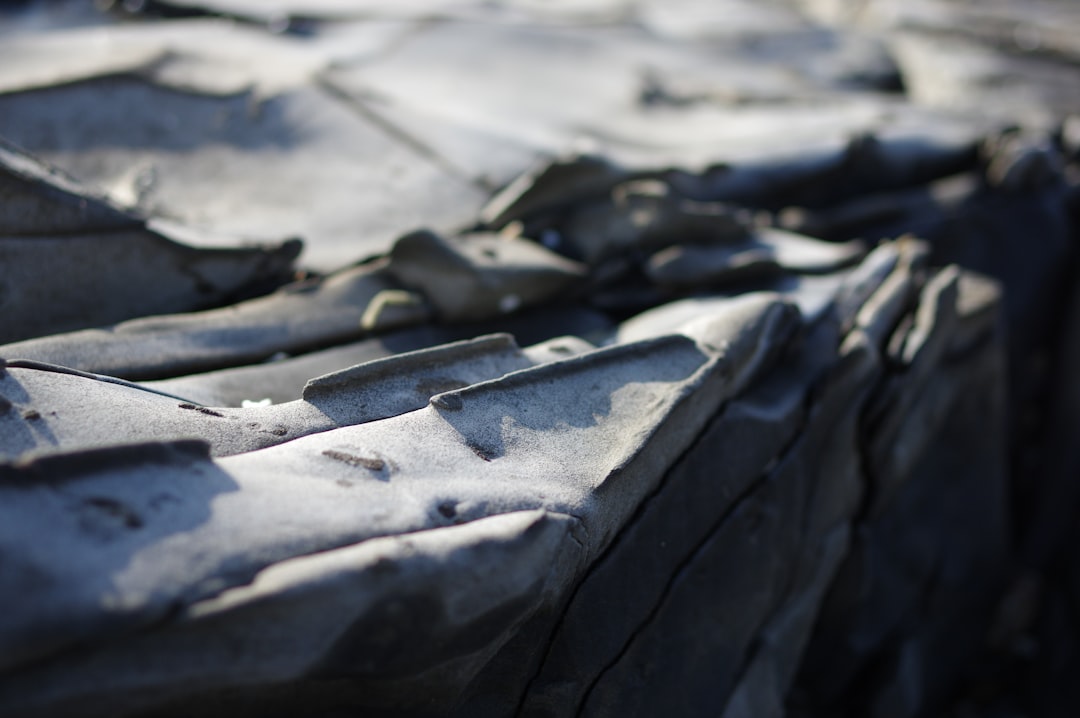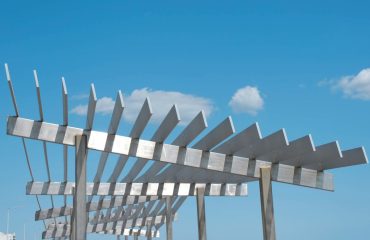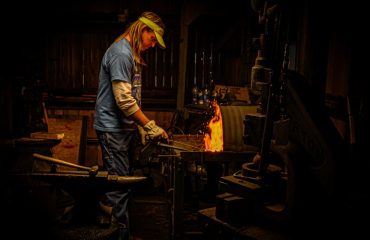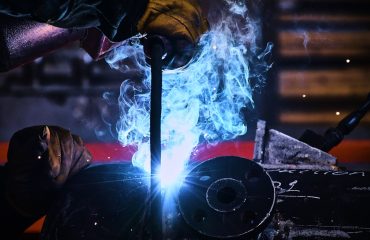Steel, a ubiquitous material in construction and engineering, faces a significant challenge in saltwater environments: corrosion. The constant exposure to seawater’s aggressive chemical composition accelerates the deterioration of steel, leading to structural weakening and ultimately, failure. Understanding the mechanisms of corrosion and the available protective measures is crucial for ensuring the longevity of steel structures in marine applications.
The Mechanisms of Saltwater Corrosion on Steel
Saltwater corrosion is a complex electrochemical process. When steel is submerged in seawater, an electrochemical cell is formed. The steel surface becomes an anode, where iron atoms lose electrons and oxidize to form ferrous ions (Fe2+). These ions then react with oxygen and water to form rust (hydrated iron(III) oxide), a porous and weak substance that further accelerates corrosion. The process is significantly accelerated by the presence of dissolved salts, particularly chlorides. Chloride ions penetrate the protective passive layer that normally forms on steel, disrupting its integrity and accelerating the anodic reaction. The higher the salinity, the faster the corrosion rate.
Types of Steel and Their Resistance to Saltwater
Not all steels are created equal when it comes to saltwater resistance. Mild steel, a common and inexpensive type, is highly susceptible to corrosion in marine environments. However, other steel grades offer significantly improved resistance. Stainless steels, particularly those containing high levels of chromium (e.g., 316L stainless steel), form a passive chromium oxide layer that protects them from corrosion. This passive layer is self-healing, meaning it can repair itself if minor damage occurs. The addition of molybdenum further enhances the resistance of stainless steel to chloride ion attack, making it suitable for harsh marine conditions. Other high-strength, low-alloy steels (HSLA) also offer improved corrosion resistance compared to mild steel, often through the addition of elements like copper and nickel.
Protective Measures Against Saltwater Corrosion
Even the most corrosion-resistant steels can benefit from additional protective measures in severe marine environments. These measures aim to either prevent the steel from contacting seawater or to alter the electrochemical reactions occurring on the steel surface. Common methods include:
- Coatings: Paint, epoxy coatings, and zinc-rich primers provide a physical barrier between the steel and the seawater. Regular maintenance and timely repainting are essential to maintain the effectiveness of these coatings.
- Galvanization: A layer of zinc is applied to the steel surface through hot-dip galvanizing. Zinc acts as a sacrificial anode, corroding preferentially to the steel, protecting it from corrosion. Galvanization offers excellent protection, especially in moderately corrosive environments.
- Cathodic Protection: This electrochemical technique involves connecting the steel structure to a sacrificial anode (e.g., zinc or magnesium) or using an impressed current system. The sacrificial anode corrodes instead of the steel, while the impressed current system applies a negative potential to the steel, inhibiting corrosion.
Factors Influencing Corrosion Rates in Saltwater
The rate of saltwater corrosion on steel is not constant. Several factors influence its severity:
- Salinity: Higher salinity leads to faster corrosion rates.
- Temperature: Increased temperature accelerates the electrochemical reactions, increasing corrosion.
- Oxygen Availability: Oxygen is a key reactant in the corrosion process. Well-oxygenated seawater leads to faster corrosion.
- pH: The pH of seawater can affect the corrosion rate. More acidic conditions generally promote corrosion.
- Microbiological activity: Certain microorganisms can accelerate corrosion by producing corrosive byproducts.
- Exposure Conditions: Immersion, splash zone, and atmospheric exposure all have different corrosion rates. Immersion is generally the most severe.
Selecting the Right Steel for Marine Applications
Choosing the appropriate steel for a marine application requires careful consideration of the specific environmental conditions, the required lifespan of the structure, and the cost implications. A thorough corrosion risk assessment should be conducted to determine the necessary level of corrosion resistance. Factors to consider include the salinity of the seawater, the temperature range, the exposure conditions (immersion, splash zone, atmospheric), and the presence of other corrosive agents. Based on this assessment, an appropriate steel grade and protective measures can be selected to ensure the long-term durability of the steel structure.
In conclusion, while steel’s susceptibility to saltwater corrosion presents a significant challenge, careful selection of steel grades, coupled with appropriate protective measures, can ensure its successful application in marine environments. Understanding the mechanisms of corrosion and the factors influencing its rate is crucial for engineers and designers to make informed decisions and create durable and long-lasting structures.
Tags: steel corrosion, saltwater corrosion, marine steel, stainless steel, corrosion protection




